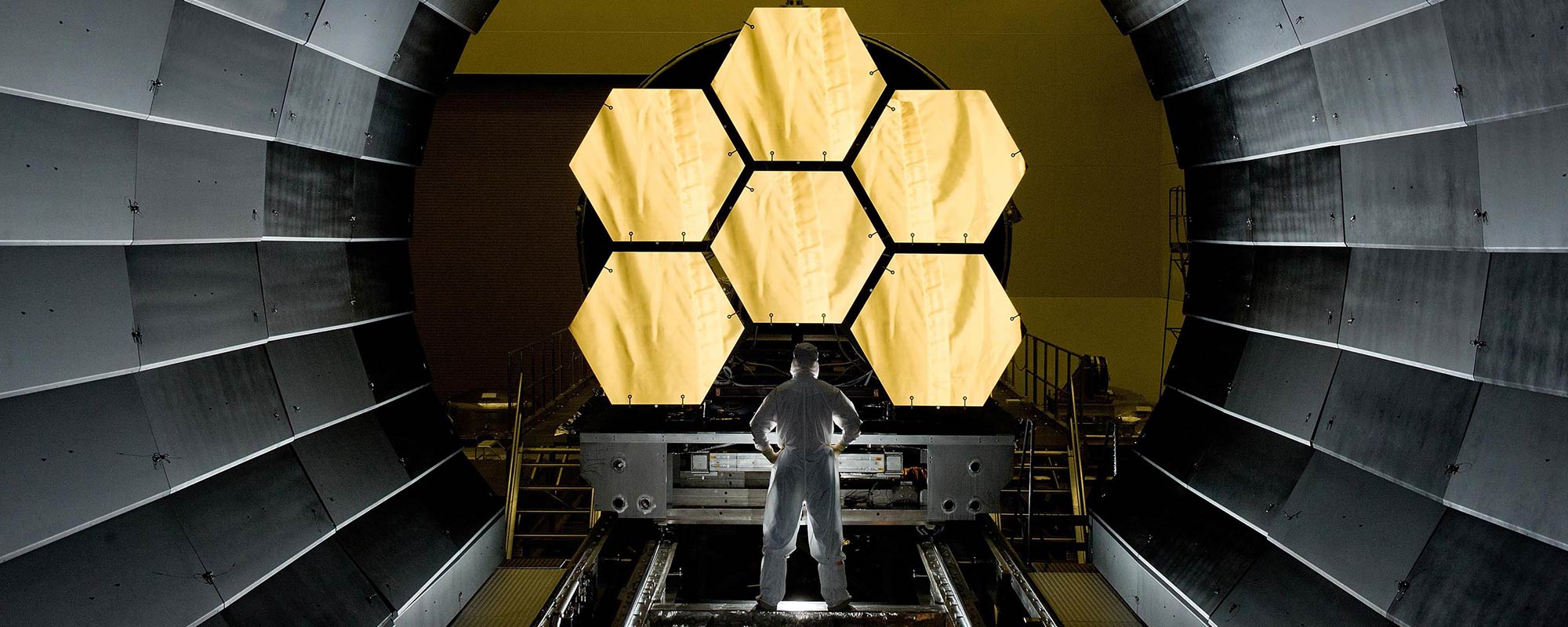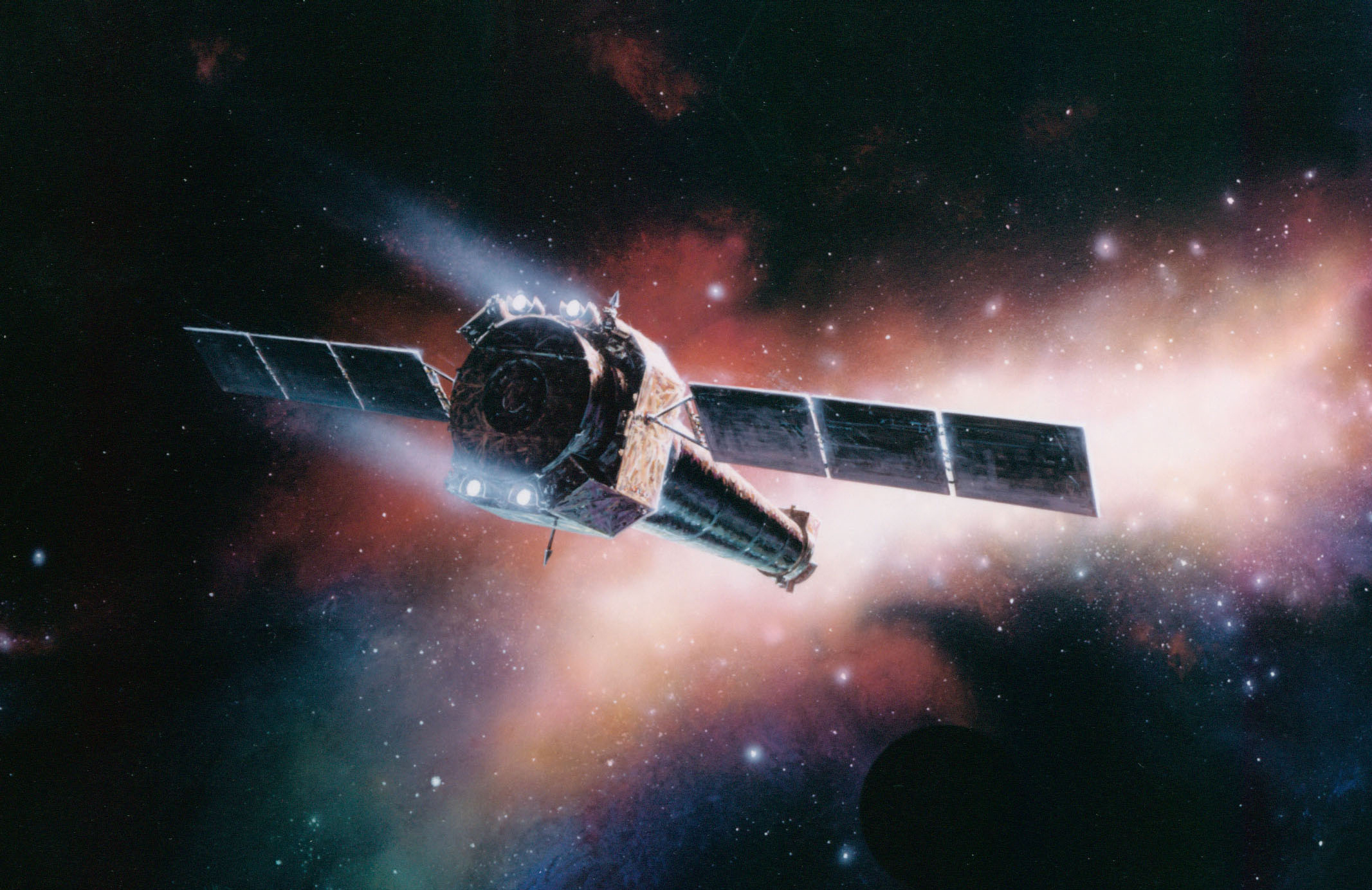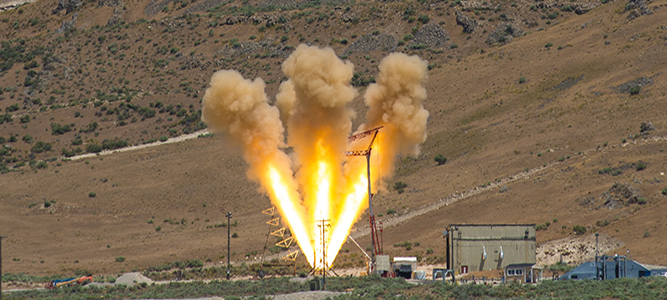Dawn
Exploring the unknowns of our universe. That's Defining Possible.

What is the Dawn Spacecraft?
Dawn is a planetary science mission funded by NASA’s Discovery Program. Northrop Grumman partnered with Principal Investigator Dr. Chris Russell of UCLA and the Jet Propulsion Laboratory (JPL) for the mission. Dawn’s primary scientific objective is to advance understanding of the origin and evolution of the solar system by studying the protoplanet, Vesta and the dwarf planet Ceres. Both bodies appear to have remained intact since their formation 4.6 billion years ago. Earth-based studies indicated that these two protoplanets had very different and complementary compositions, which together would advance our understanding of the conditions and processes of planetary formation.
Powered by solar electric ion propulsion, the Dawn spacecraft traveled to the main asteroid belt between Mars and Jupiter. Dawn arrived at Vesta in July 2011 and spent more than a year orbiting the asteroid, conducting remote sensing observations using a suite of science instruments. The spacecraft departed Vesta in September 2012 and arrived for its science investigation at Ceres in March 2015. Dawn showed Vesta to be dry and rocky, as anticipated. Ceres shows evidence of briny water below a dry surface, with numerous bright salt deposits. Dawn completed its prime mission in 2016 and continued in an extended mission to observe Ceres.
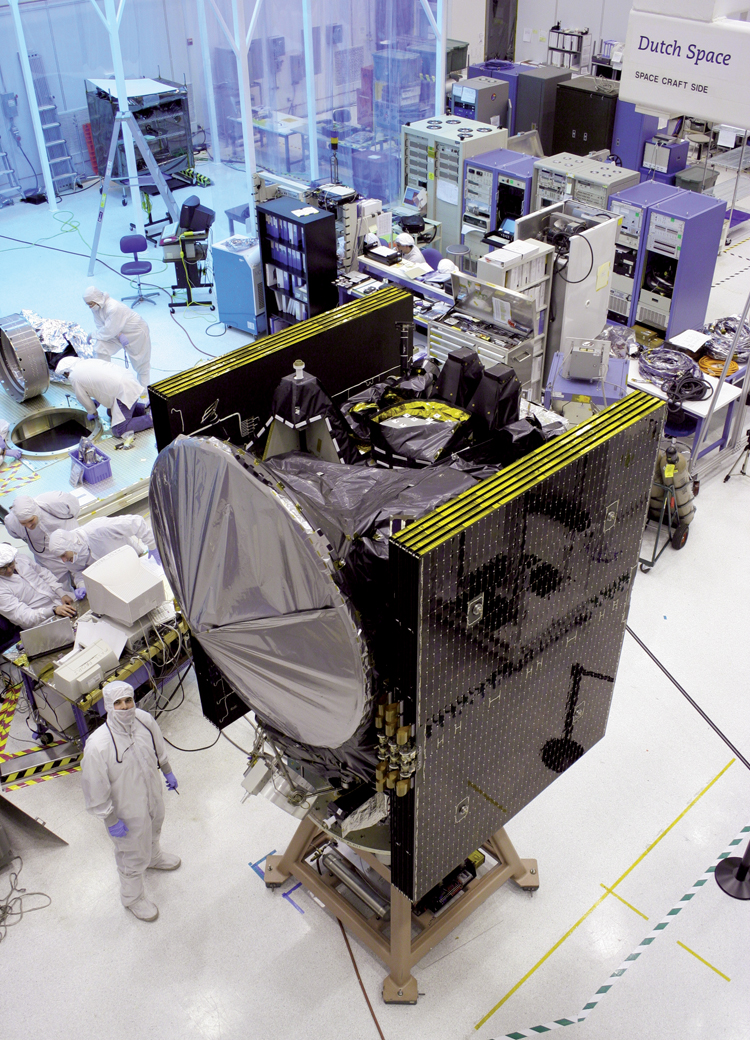
Engineering Breakthroughs and the Dawn Spacecraft
The Dawn spacecraft is NASA's first purely scientific mission powered by solar electric ion propulsion, the world’s most advanced and efficient space propulsion technology. Ion propulsion operates nearly continuously in the cruise phase, applying very low thrust over many thousands of hours. The thrust imparts the velocity changes needed to reach Vesta and Ceres. Ion propulsion is also used during operations at the two protoplanets to raise and lower the orbit altitude. Dawn’s ion propulsion system is based on the technology successfully demonstrated by Deep Space 1.
Dawn is the first spacecraft to orbit two protoplanets during a single mission. Dawn is the first mission to study the two most massive asteroids in the main belt. Dawn is NASA's first purely scientific mission to be powered by ion propulsion. Dawn is Northrop Grumman's first planetary science mission. The spacecraft draws on the company’s extensive flight-proven designs.

Dawn's Ion Propulsion
The ion propulsion system employed by Dawn and pioneered on NASA's Deep Space 1 mission represents the culmination of over 50 years of development of electric engine systems in space begun by Dr. Wernher von Braun.

Ceres
Ceres, the largest asteroid, and the first to be discovered, revolves around the Sun once every 4.6 terrestrial years and has a diameter estimated at about 960 km (575 miles).
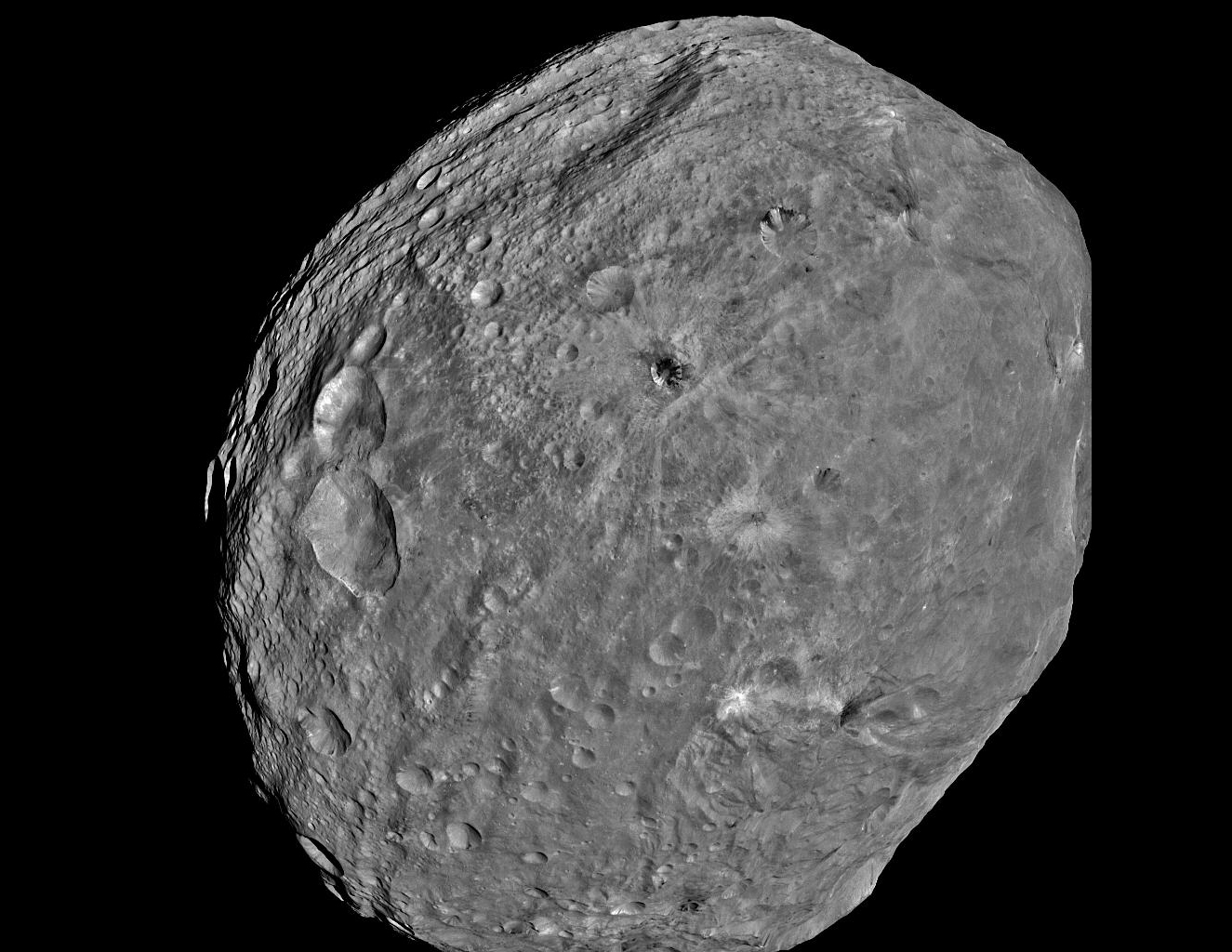
Vesta
Vesta, the brightest asteroid, is named for the ancient Roman goddess of home and hearth. It is the only asteroid visible with the naked eye.
